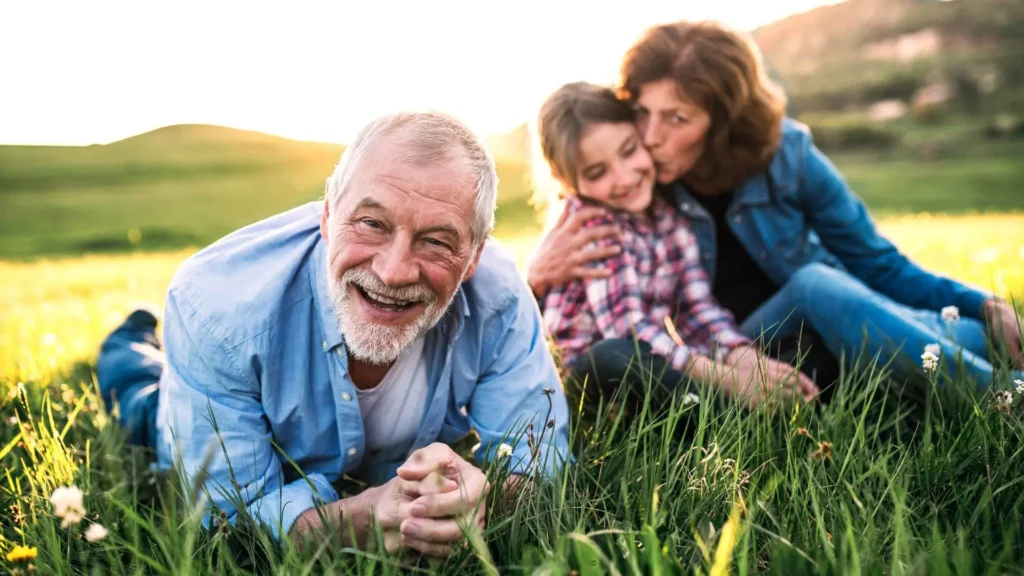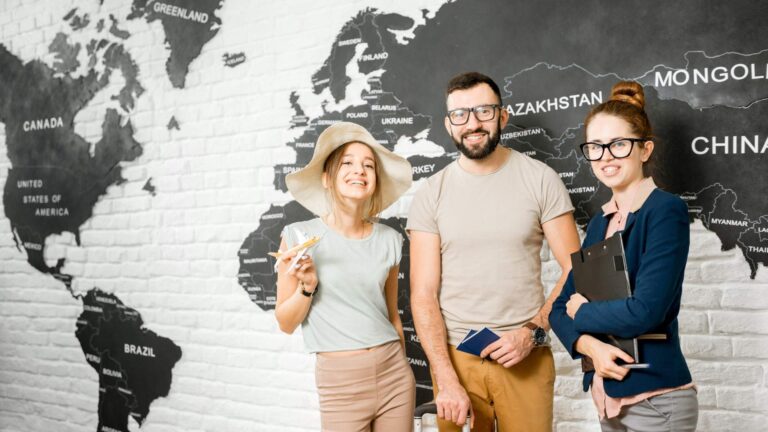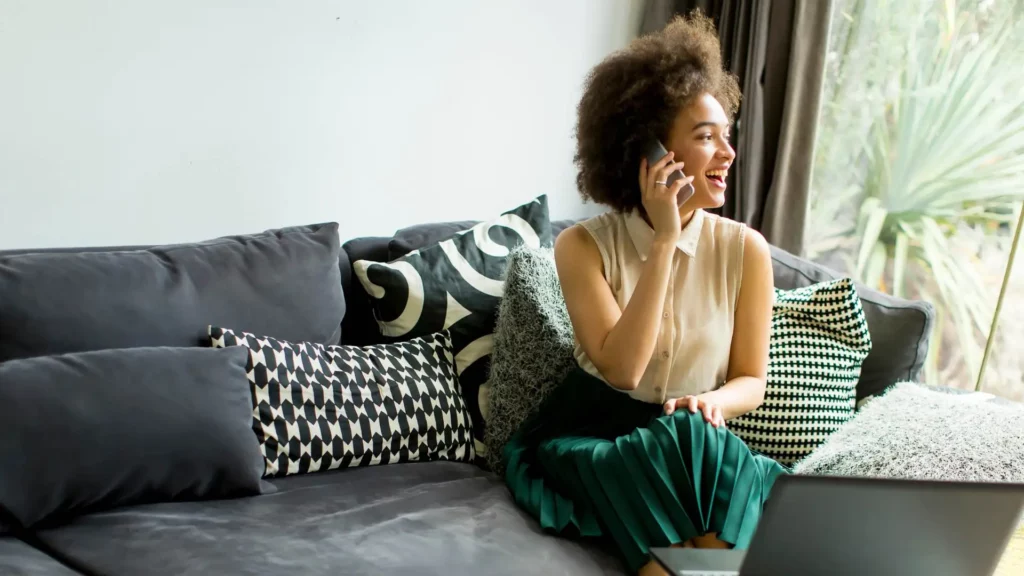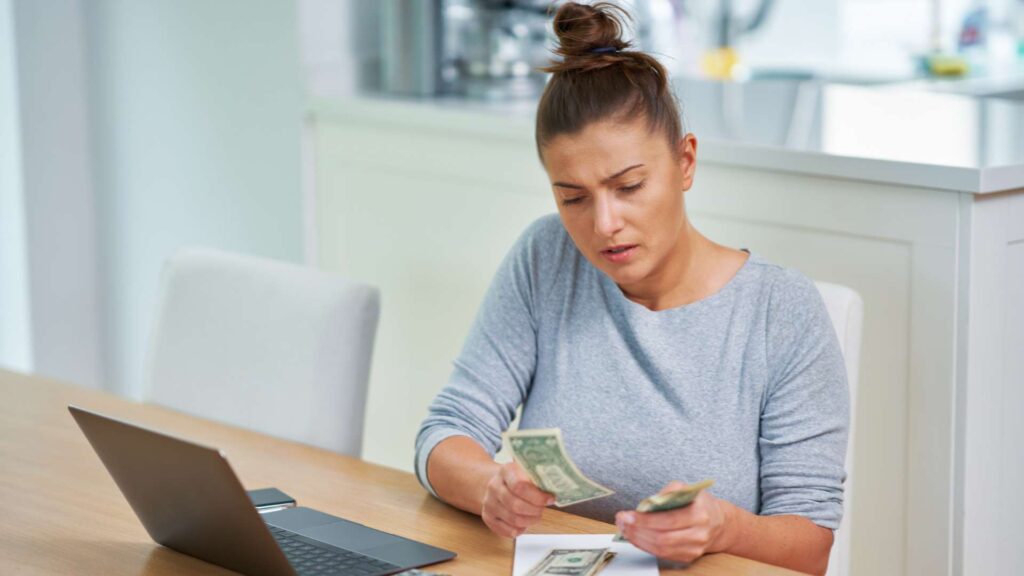Table of Contents
Why do some vacations feel unforgettable, while others fade away even though they cost more? It’s a puzzle many travelers face. You may come back from an expensive trip filled with luxury upgrades and wonder why it didn’t leave you as happy as expected. On the other hand, a modest weekend getaway with a friend might linger in your memory for years. The difference lies not in how much you spent, but in where and how you spent it.
The truth is, not all travel spending brings happiness equally. Research in psychology and behavioral economics shows that money used in certain ways — like on experiences, connections, and convenience — produces lasting joy, while other types of spending barely register beyond the moment. In this blog, we’ll explore the science of happiness and travel spending and highlight specific categories where your money creates the greatest returns in well-being. These aren’t just guesses; they’re backed by studies and practical examples.
The Science of Happiness and Travel
Why Travel Boosts Well-Being
Travel has long been linked to happiness because it combines novelty, anticipation, and memory-making. Studies show that new environments stimulate the brain, increase dopamine, and reduce stress. Simply stepping out of your everyday routine into a new place can boost mood and create a sense of freedom. Unlike material possessions, which quickly lose their shine, the excitement of travel tends to sustain itself both before and after the trip.
Moreover, travel often includes moments of awe — standing at the edge of the Grand Canyon, walking through a historic city, or tasting food you’ve never tried before. These moments have a measurable impact on well-being, making you feel more connected to the world and giving your memories lasting emotional power. It’s not just “fun”; it’s mental nourishment.
Experiences vs. Material Goods
One of the most consistent findings in happiness research is that experiences provide more lasting happiness than material things. When you buy a souvenir or an expensive bag on vacation, the thrill tends to fade quickly. But an activity like snorkeling, hiking a new trail, or taking a cooking class lingers as a memory and becomes part of your identity.
This doesn’t mean you shouldn’t buy anything on your travels, but rather that your budget should prioritize experiences. Souvenirs can enhance memories, but they rarely create them. Investing in things you do, not just things you buy, will give your trips emotional staying power.
The Role of Anticipation and Storytelling
Happiness isn’t only about the trip itself — it’s also about the build-up and the reflection afterward. Research shows that anticipating an experience increases happiness significantly, sometimes even more than the event itself. Planning a hiking trip, booking tickets for a concert abroad, or even browsing potential restaurants adds a steady stream of joy before you ever leave.
Afterward, retelling stories or sharing photos extends the benefits. Psychologists call this the “rosy retrospection effect” — where recalling positive experiences boosts mood. This makes travel a triple win: you enjoy anticipation before, excitement during, and happiness after.
Science-Backed Travel Spending Categories

Spending on Experiences, Not Things
When you allocate money toward experiences like guided tours, cultural activities, or hands-on workshops, you’re buying more than just an activity — you’re buying stories and memories. These become part of who you are, something you carry long after the trip is over. Science confirms that experiences contribute more to life satisfaction than material items.
For example, a pottery class in Kyoto or a salsa dance lesson in Havana will create far richer memories than another trinket in your suitcase. These experiences become conversation starters, sources of pride, and a way to connect with others when you share what you’ve done. That’s why experiences are some of the best “happiness investments” in travel.
Paying for Time and Convenience
Sometimes the smartest money you spend while traveling is on avoiding stress. Long lines, red-eye flights, or overly complex logistics can drain energy and overshadow joy. Research in psychology supports the idea that spending money to save time boosts happiness. It frees you from hassle and lets you focus on enjoyment.
Examples include buying a skip-the-line pass for a museum, booking a more direct flight, or staying closer to the city center instead of commuting. These expenses might seem unnecessary at first, but the mental relief and reclaimed time often translate into better overall satisfaction with your trip.
Investing in Social Connection
Humans are wired for connection, and research consistently shows that shared experiences bring more happiness than solo consumption. On trips, spending money to enhance social bonds — such as family dinners, group tours, or even hiring a local guide — often multiplies the joy.
For instance, a group cooking class or a wine-tasting tour creates shared memories that strengthen relationships. These experiences often become inside jokes, fond stories, or cherished traditions. The happiness gained from shared connection lasts much longer than solo indulgences.
Prioritizing Nature and Adventure
Science is clear: spending time in nature improves mood, reduces stress, and even boosts cognitive function. That’s why travel activities centered on the outdoors — hiking, snorkeling, safaris, or kayaking — are particularly effective at increasing happiness. These moments often inspire awe, which is strongly linked to long-term well-being.
Adventure also plays a role. Engaging in activities that challenge you physically or mentally adds excitement and confidence. Whether it’s summiting a mountain or trying scuba diving, these experiences combine nature, novelty, and achievement into a happiness trifecta.
Supporting Local and Authentic Experiences
Spending on authentic, local experiences not only enriches your trip but also creates a sense of purpose. Activities like cooking with a host family, visiting local artisans, or joining a neighborhood walking tour give you a deeper connection to the place.
Science suggests that meaning-driven spending — where money supports causes or communities — creates greater satisfaction. Knowing your dollars directly benefit local people adds emotional weight to your experiences, making them more memorable and fulfilling.
What Doesn’t Increase Happiness (But Many Spend On)
Luxury for Status Alone
Luxury upgrades can sometimes improve comfort, but research shows that buying them solely for status rarely provides lasting joy. The excitement of first-class seating or a luxury hotel suite fades quickly if it doesn’t contribute to meaningful memories.
That’s not to say luxury is always wasted — but its happiness return depends on context. If a hotel upgrade allows you to enjoy stunning views or spend more time in nature, it may be worth it. If it’s just about appearing wealthy, the happiness payoff is usually short-lived.
Souvenirs and Excess Shopping
Shopping is often marketed as a key part of travel, but souvenirs and excessive purchases rarely create long-term happiness. Research shows material goods lose their appeal quickly compared to experiences. A shirt or mug may remind you of your trip, but it won’t deliver the same satisfaction as an adventure or shared activity.
This doesn’t mean souvenirs are useless. Thoughtful items that tie into meaningful experiences can be worth it — like a photo album or a handmade craft from a local artisan. But overspending on mass-produced goods is unlikely to make your trip more joyful.
Over-Scheduling Every Minute
It’s tempting to maximize every dollar by cramming in as many activities as possible, but overscheduling can backfire. When you rush from one spot to another, the stress cancels out the happiness of the experience itself.
Science shows that leaving space for rest and spontaneity increases satisfaction. Spending money on fewer, but higher-quality experiences often leads to greater happiness than overstuffing your itinerary with low-value activities.
How to Budget for Happiness-Oriented Travel?
The 70/30 Rule for Experiences vs. Extras
One simple way to plan your travel budget is to allocate about 70% toward memory-rich experiences and 30% toward extras like shopping or minor upgrades. This ensures most of your money goes where the happiness return is highest.
This rule doesn’t have to be exact, but it helps create balance. You still leave room for comforts and indulgences, but your priority remains on experiences proven to enhance well-being. Over time, this approach also helps reduce regret about wasted spending.
Building a Happiness-Focused Sinking Fund
Saving for travel is easier when you create a dedicated sinking fund. With Beem’s Budget Planner, you can set aside small amounts each month specifically for experiences — whether that’s a cooking class abroad or a guided hike. By earmarking funds, you ensure your travel budget aligns with happiness-focused priorities.
This strategy reduces stress when it’s time to book, because you’ve already saved with purpose. It also makes splurging on high-value experiences feel guilt-free, since the money is set aside just for that reason.
Tracking Spending During Travel
While on the trip, tracking your spending helps you stay mindful. It’s easy to get carried away with shopping or luxury splurges that don’t add lasting joy. Monitoring expenses ensures you stick to your priorities.
Being flexible is also important. Sometimes an unexpected opportunity, like a local festival or a last-minute tour, may be worth adjusting your budget. Tracking in real-time allows you to pivot without overspending overall.
Discover more on Why Health Insurance Matters for Part-Time and Seasonal Workers.
Real-Life Applications and Examples
Case Study – A Weekend Trip vs. a Shopping Spree Abroad
Imagine two people spending the same amount: one on a weekend trip filled with hikes, cooking classes, and local dining, and the other on a shopping spree abroad. Research suggests the first person will enjoy longer-lasting happiness. The trip provides memories, connection, and stories, while the shopping haul loses value over time.
The difference lies in how the money interacts with your sense of identity. Experiences become part of your life story. Clothes and gadgets become outdated. When you invest in activities, you’re investing in yourself.
Case Study – Family Trip with Shared Experiences
Consider a family who allocates their travel budget toward shared experiences like group tours, theme parks, or beach outings. These activities not only create joy during the trip but also strengthen relationships. Shared laughter and adventure become the memories children talk about for years.
In contrast, if the family spends most of their budget on material goods or luxury hotel upgrades, the happiness may be more fleeting. Memories built together tend to provide the richest long-term return.
Personal Storytelling
Happiness from travel doesn’t end when the trip does. Retelling stories, looking at photos, or reminiscing with friends can reignite joy. That’s why spending on experiences that produce strong stories is so valuable.
Every trip has moments that become “remember when” anecdotes — the funny mistake, the breathtaking view, or the unexpected discovery. These stories provide social connection and repeated happiness long after the trip is over.
Read: Top 10 Must-Know Travel Apps for Frugal Globetrotters
Common Mistakes Travelers Make
Equating Price with Value
Many assume the most expensive option will provide the most joy, but this isn’t always the case. A costly upgrade may not be as impactful as a mid-priced activity that creates memories. Happiness is not linearly linked to price.
Instead of equating cost with value, think about what the purchase contributes to your overall experience. Often, small investments — like a guided walking tour — provide more happiness than large splurges.
Ignoring Science and Research
People often underestimate simple joys like nature walks, shared meals, or anticipation. Research consistently shows these are among the top happiness boosters. By overlooking them in favor of flashier spending, travelers miss opportunities for greater satisfaction.
Paying attention to the science means putting your money where it matters most. It’s not about depriving yourself but about shifting your focus toward proven happiness enhancers.
Forgetting About Rest
Rest is underrated as a happiness factor. Travelers often overspend on activities while neglecting downtime. Exhaustion diminishes joy and can even make expensive experiences feel less enjoyable.
Building rest into your budget — like staying at a comfortable hotel or scheduling free afternoons — is just as valuable as booking activities. Balance is the key to maximizing happiness.
Learn more on How To Save Money For A Vacation.
FAQs on Travel Spending and Happiness
What types of travel spending are most linked to happiness?
Research highlights five main categories: experiences, convenience, social connection, nature, and authenticity. Spending in these areas delivers long-lasting memories and boosts well-being more than shopping or luxury for status.
Is it worth splurging on luxury upgrades for happiness?
It depends. If luxury enhances meaningful experiences — like a room with a view of nature — it can add value. But if it’s purely for status or short-term comfort, the happiness payoff is usually low. Focus on whether the upgrade contributes to your overall travel story.
How do I budget for happiness-focused travel?
A good rule is the 70/30 split: devote 70% of your budget to experiences and 30% to extras. Using a tool like Beem’s Budget Planner helps you plan in advance and ensure your money is aligned with your priorities.
Do souvenirs ever increase long-term happiness?
Souvenirs tied to meaningful experiences — like handmade crafts from local artisans — can spark memories and happiness. But generic or excessive shopping usually doesn’t provide lasting joy. Focus on fewer, more meaningful items.
How can Beem help me save for joyful travel experiences?
Beem makes it easy to set up a sinking fund specifically for travel. You can save gradually, track progress, and earmark money for high-value experiences. When the time comes, you’ll have funds ready to invest in activities that bring lasting happiness.
Conclusion
Travel spending isn’t just about maximizing fun in the moment — it’s about creating happiness that lasts. Research shows that money spent on experiences, convenience, connection, nature, and authenticity delivers the greatest return in well-being. Meanwhile, splurges on status, souvenirs, or jam-packed itineraries often fall short.
With Beem’s AI-powered Budget Planner, you can plan your travel spending with purpose — ensuring your money goes toward moments that truly matter. Beem helps you set trip budgets, track expenses in real time, and even access up to $1,000 in instant cash with Everdraft, so you never have to stress about surprises on the road. Plus, with your free Beem Credit Builder Card, every purchase helps you grow your credit while you explore.
The next time you plan a trip, ask yourself: Will this spending create stories, strengthen bonds, or give me memories I’ll treasure? If the answer is yes, it’s money well spent.
Download the Beem app today — plan smarter, spend wisely, and make every journey a happier one.















































